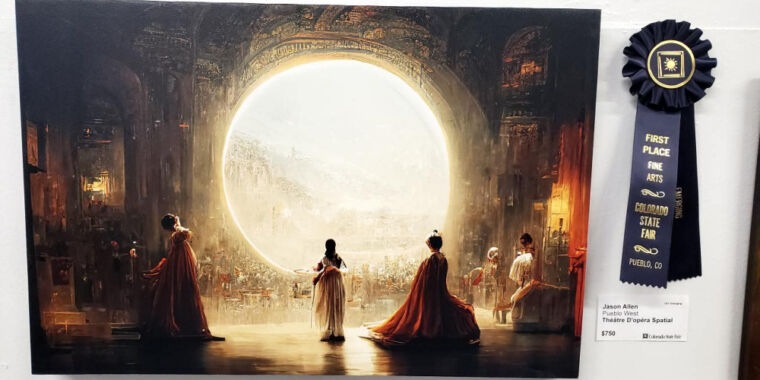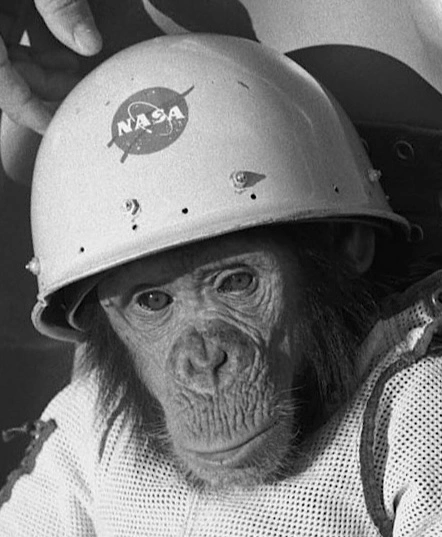I tried to think of an equivalent example to AI generated art. Let’s say someone created a mechanical machine that could apply paint to a canvas with brushes, and the brush strokes and colours were based on a sequence of letters entered into the machine. If this was set up in an art gallery for the public to use and enter their own sequence of letters and they get to keep their own resulting painting, could the general public claim copyright on the paintings based on their unique sequence of letters? Is copyright applicable to the machine itself but not the resulting paintings?
I am no artist or copyright lawyer but I found this dilemma interesting.
In that specific case you have described? They possibly could claim copyright. If you want to boil your analogy down even farther. You have effectively described a piano or a synthesizer but just with a visual output. Put one of those in public and there are an infinite variety of ways a person could sit down and create something new just but punching a few keys and yes, it likely would be copyrightable.
The one thing that all the Machine Learning systems (They aren’t Ai and you can’t make me call them that) hinge on is the fact that they are trained on hundreds and thousands of other artists copyrightable works. The system literally does not work at all without this training.
The machine learning art generators do not create unique art from scratch out of its own imagination. Instead they use complicated algorithms to combine pieces in their database that match the description of what the user is requesting.
If you asked for a blue ball it goes into it’s database, looks for all the images that have been tagged with the descriptor BLUE and all the ones that have BALL. Some techno magic that is very hard to explain happens and voila you have a “supposedly” brand new image of a blue ball. It is however created using copyrighted source material that the creators have not paid for the use of.
This is the real reason the images can’t claim copyright at the moment. There is a lot of debate in the community a out the proper way to handle this.
1: The extreme of “The data and art is stolen and they should not be allowed to use it. Shut them down and figure something else out.”
2: If and artists work is used as part of the algorithm that generates an image they should get paid a royalty for each and every time.
- People point out that sometimes hundreds or thousands of pieces might contribute to a piece of art and trying to figure out which artists get paid and what percentage and who is going to be paying is effectively impossible so screw it, who cares. These things are cool, let them be cool.
All of this also applies to the Large Language Model machine learning systems. They are trained off of news articles, Facebook posts, youtube comments, scientific papers, court transcripts. The more data the better. If you wrote an article for the new york times and Google commandeered it to train bard do you think you should be compensated for that?
Right now it’s the wild wild west and the machine learning companies are hoarding as much data as is possible before someone finally wakes up and starts legislating the industry. It will be very interesting g to see what will be the outcome.
OK, essay over.
So does that mean anything produced using AI content can be pirated or reused to our heart’s content, and there’s nothing that can be done about it? That could actually help in keeping it from getting adopted widely.




